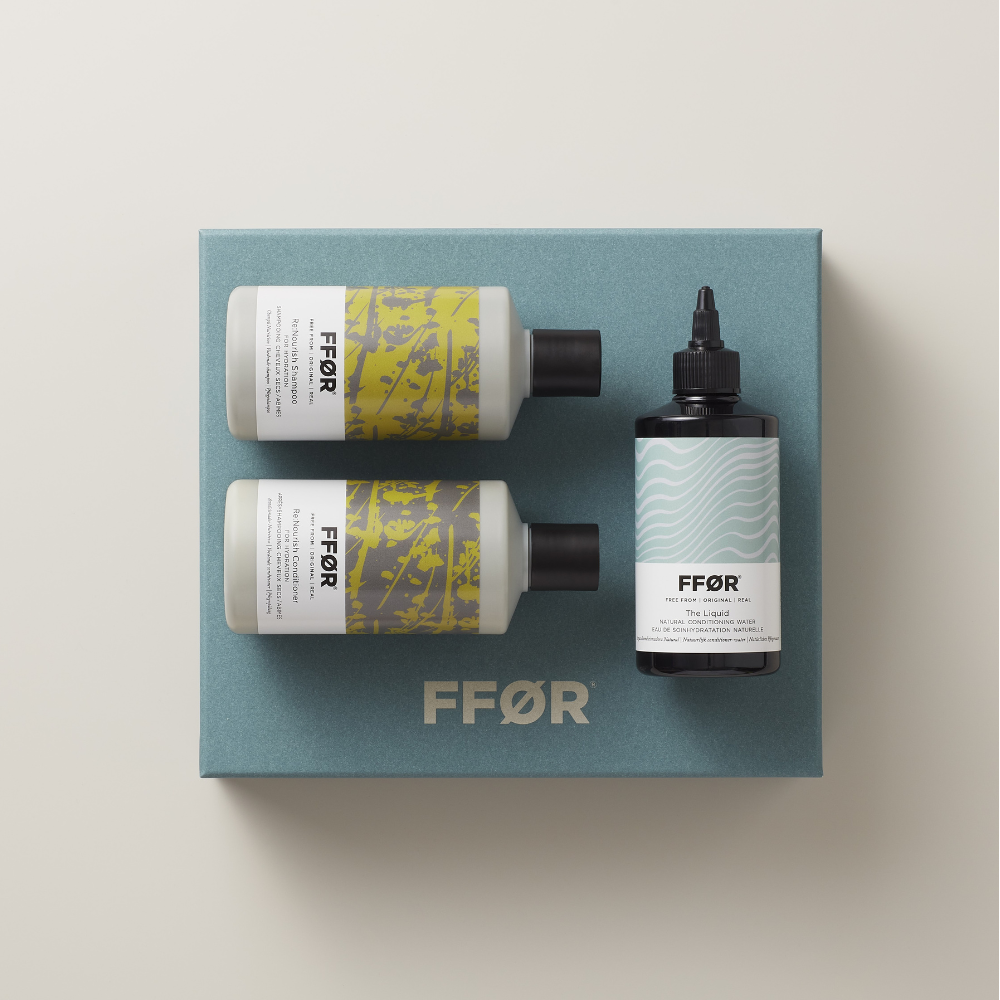However, sustainability isn’t just about what packaging is made of. There are some other things to think about when it comes to the plastic vs glass debate. Here’s why we chose recycled plastic over glass across our range of vegan haircare.
PCR vs Glass - Why We Went For Plastic
Time to read 4 min







